Equipment
Gear Junkie 101: An introduction to wedge bounce and grinds
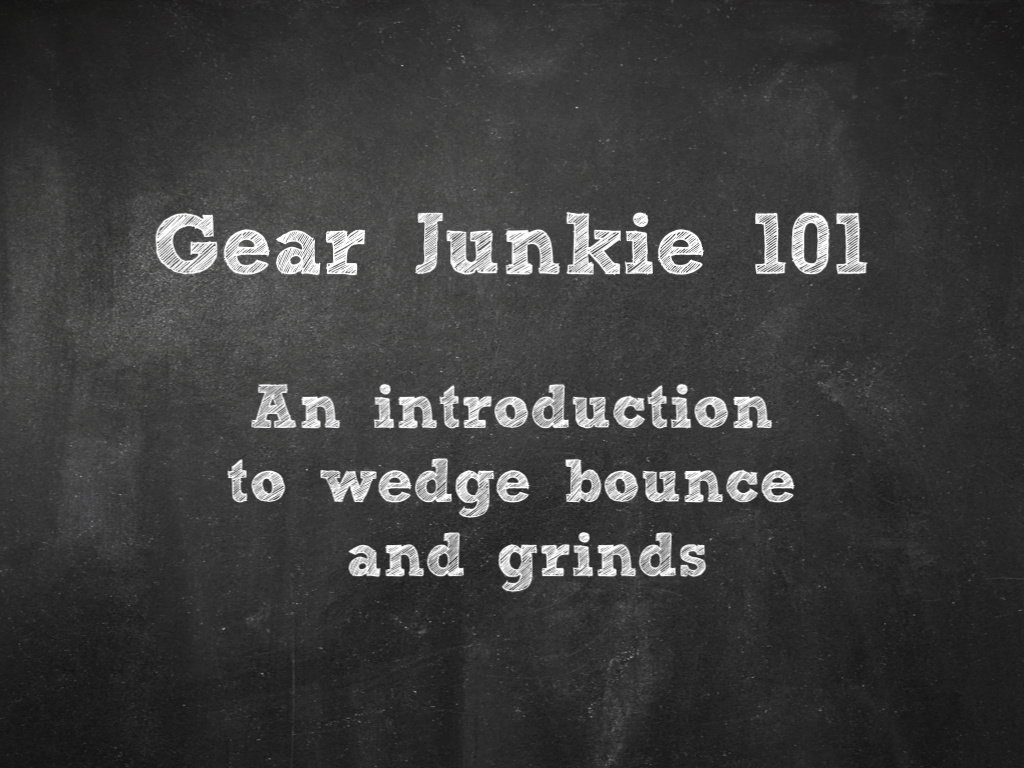
Since I designed my first line of wedges in the late 1980s, I can confidently say that I have interacted with close to a hundred thousand golfers–whether through countless phone calls, to the thousands of golfers I’ve engaged personally, to the online wedge-fitting platforms I have created, to the near-decade of writing my blog as “The Wedge Guy.”
Through all those engagements with golfers of all skill levels, the most frequent topic of conversation, confusion, and exasperation has to be the subject of bounce and grinds on wedges. And it’s no wonder, with the mind-boggling array of bounce/grind/loft combinations offered by the major and minor brands who engage in the wedge category.
I was honored that GolfWRX turned to me to write the first article in their sure-to-be-a-hit series called “Gear Junkie 101.” My goal with this examination of bounce and grinds is to help you develop a complete, and maybe slightly different understanding, of just how the sole of your wedges works and how to tackle the difficult process of finding what specific sole design will work best for you on a day in and day out basis.
What is bounce?
So, let’s start with a basic definition of “bounce.” Very simply, bounce is the downward angle of the sole of a wedge (or any golf club actually) from the leading edge to the trailing edge, measured in degrees from the pure horizontal plane (i.e. the turf). Typically, the bounce angle as it applies to wedges ranges from mid-single digits (5-8 degrees) to the mid-teens (12-15 degrees). It should make sense that the higher the degree of bounce, the more the sole of the club will tend to be “rejected” by the turf.
That’s pretty straightforward, but the subject is anything but that simple.
The “effective bounce” of a wedge is a function of both that measured bounce angle and the width of the sole. For example, a narrow sole with 12 degrees of bounce might perform almost the same as a wider sole with 8 degrees of bounce. In today’s marketplace, there are narrow sole wedges with bounce angles as high as 30-40 degrees, while the early lob wedges had very wide soles and claimed bounce angles of almost zero (they really were not that, of course). Since you are always making some degree of a descending blow to the golf ball, a negative bounce wedge would be more of a shovel than a wedge. Oh, and if part of the sole has a “negative bounce,” where the sole’s surface slants back upwards from the plane of the turf, then that part of the sole is going to have a very minimal effect on turf interaction.
If a picture is worth 1,000 words, this image from golfguideforbeginners.com is certainly helpful.
What are wedge grinds?
Now we can add to this expanding high/low bounce equation the myriad of various “grinds” available to golfers by the numerous companies engaged in the manufacture and marketing of wedges. From the custom world, the options are practically endless, and it appears most of them stem from detailed work with specific tour professionals (more on that later). Some like a sharper leading edge, while others want it more rounded. Some like a pretty straight leading edge, while others prefer some curvature from heel to toe. The options are practically endless when you are standing next to the guy on the wheel actually doing the grinding.
They also talk about “toe relief”, “heel relief” and a nearly whole alphabet of specific grinds – ‘C’, ‘K’, etc. But all these are proprietary references by the manufacturers, and there are no set of “standards” as to what each grind really is. That makes it tough on golfers to figure out what will serve you best. The market leader alone offers at least six different “stock” grinds, and other brands have their own countless variations as well. So how do you make sense of all that and choose the sole design that will serve you best?
I will share that, in my experience, only the very best golfers can really tell the difference between grinds and sole designs that differ only slightly from one another. Because tour players spend thousands of hours honing their wedge skills, they can feel things that are barely measurable. And, of course, the major brands bend over backwards to accommodate their staff professionals. These guys and ladies can fully appreciate the subtle nuances of one wedge to another that might look identical to an untrained eye. A one- or two-degree difference in bounce, or a sole width that is only 50 thousandths of an inch wider or narrower can make a difference to these elite players. But then, they get to test and try wedges provided to them for free, so they can experiment all they want, can’t they?
Leading edge, trailing edge, and heel grinds on Tiger Woods’ 56-degree TaylorMade MG2 wedge.
It has been my observation that even the very best recreational golfers typically do not approach this acute level of skill, but I have seen some that can detect differences that would escape notice of even active recreational golfers of more “average” skills.
I’ll get a bit skeptical here in saying that I have long challenged the notion that bounce can be accurately “fitted” through a simple examination of your swing path and/or the turf. My difficulty with that premise stems from those extensive golfer engagements wherein the vast majority of golfers–regardless of handicap–revealed to me that both turf conditions and their swing path are constantly changing. Hmmmm. Then how could you possibly “fit” either variable? That would be like trying to buy a pair of shoes if your feet were different sizes every day, wouldn’t it?
But you have to start somewhere to sort through the wilderness of bounce angles and grinds, so, let me offer you my advice and see if that can’t help you through the process.
First of all, I believe that the potentially negative effect of the “wrong” bounce is much less on full swing shots than it is on the short delicate shots around the greens–clubhead speed can make up for a lot. Unless the bounce angle of the wedge is just a terrible match to your most common full swing path, I think “close is good enough” in this aspect. In general, however, I think if you play the usually lush turf of the northern U.S., you will benefit from a more aggressive bounce and/or wider sole than if you play the typically tighter turf of the south and southwest.
Please understand that is a generalization, however.
Secondly, I do not believe you can fit bounce off of artificial turf, as even the best mats do not really imitate the real thing, where you will encounter different grasses, grain against and/or with your shot direction, etc. There is simply no substitute for trying different bounce options on the course itself, hitting shots you face regularly from the variety of turf conditions you encounter on a round-in, round-out basis. If you are serious about trying to get the right wedge, you simply have to hit a wide variety of shots with it (or one like it) to see how it performs under all conditions and shot types.
So, if you were looking for a shortcut, I just do not have one. In my opinion, to accurately evaluate any of the various bounce angles and grinds in search of the best wedges for YOU, you must take them to your course and hit the shots you hit regularly to see how they react to YOUR technique and conditions. In this wedge trial and testing process, put most of your focus on your bunker shots and a variety of short shots around the greens. Dollars to donuts says that this process will allow you to find one or two bounce/grind combinations that separate themselves from the pack as best FOR YOU.
Hey, this is golf, and if it was easy, everyone would do it, right?
- LIKE173
- LEGIT35
- WOW8
- LOL4
- IDHT1
- FLOP8
- OB4
- SHANK17
Whats in the Bag
Richy Werenski WITB 2024 (May)
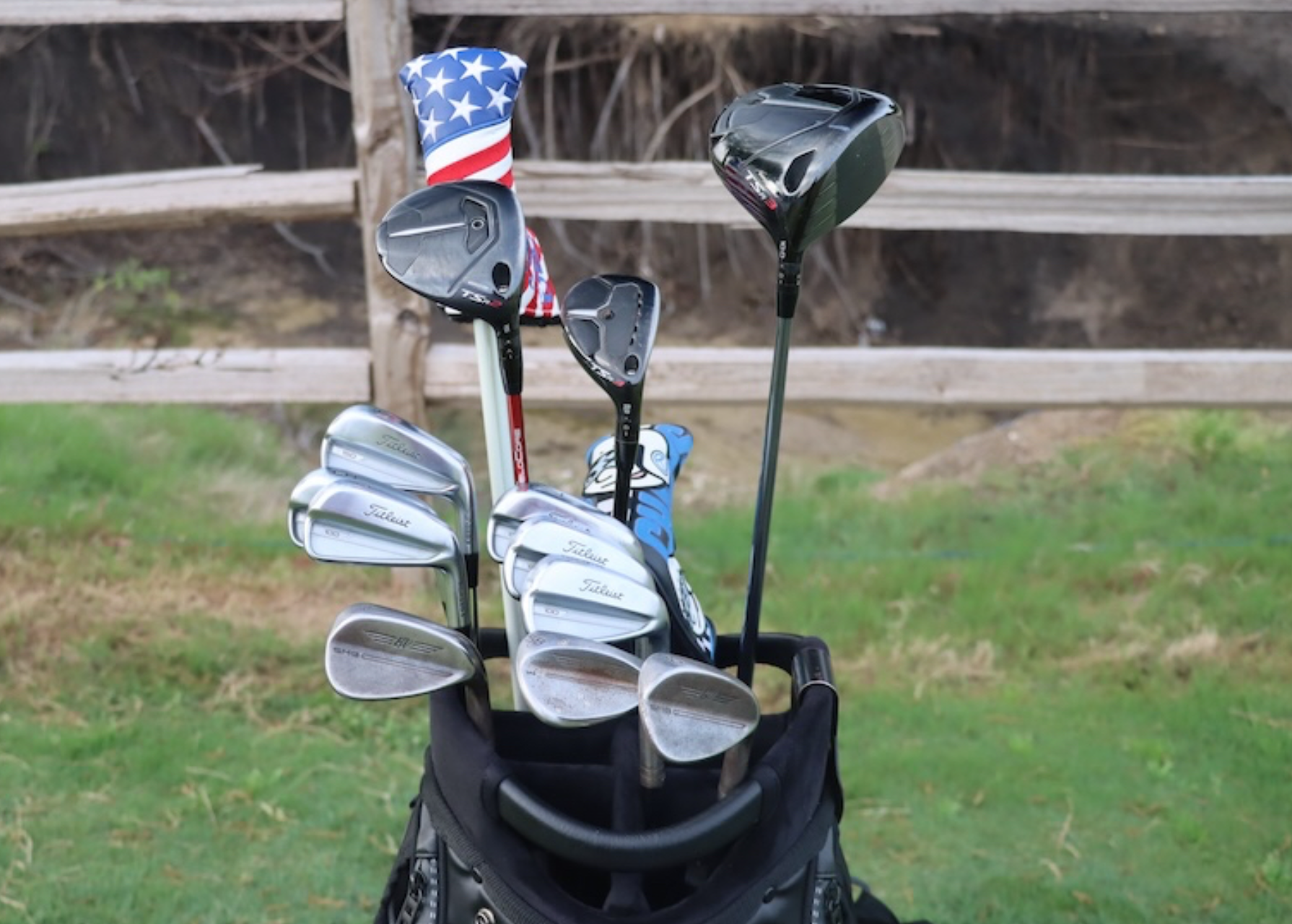
- Richy Werenski what’s in the bag accurate as of the CJ Cup Houston Open.
Driver: Titleist TSR3 (10 degrees, D1 SureFit setting)
Shaft: Mitsubishi Diamana PD 60 TX
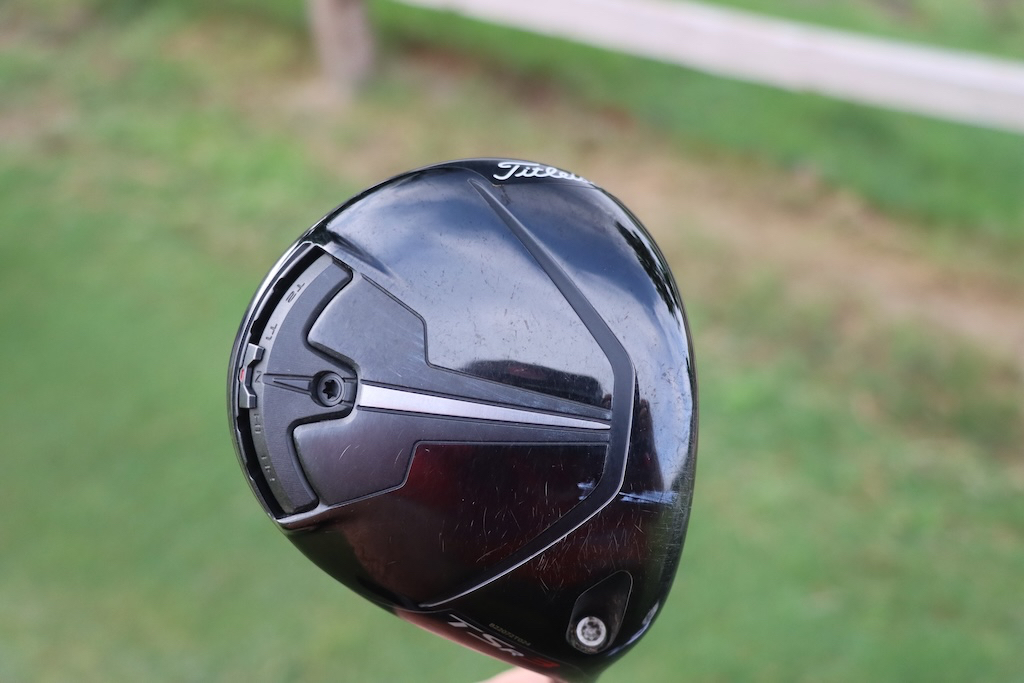
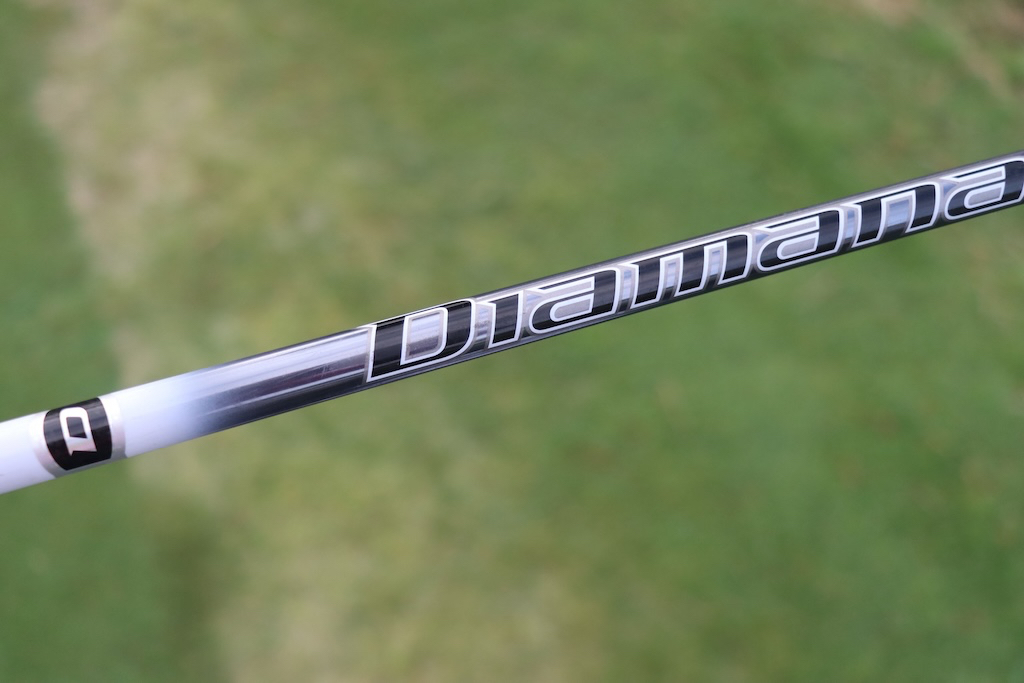
3-wood: Titleist TSR2 (15 degrees, A1 SureFit setting)
Shaft: Fujikura Ventus Red 8 X
Hybrid: Titleist TSR3 (19 degrees, D1 SureFit setting)
Shaft: Mitsubishi Tensei CK Pro White Hybrid 90 TX
Irons: Titleist T100 (4-9)
Shafts: Nippon N.S. Pro Modus3 Tour 105 S
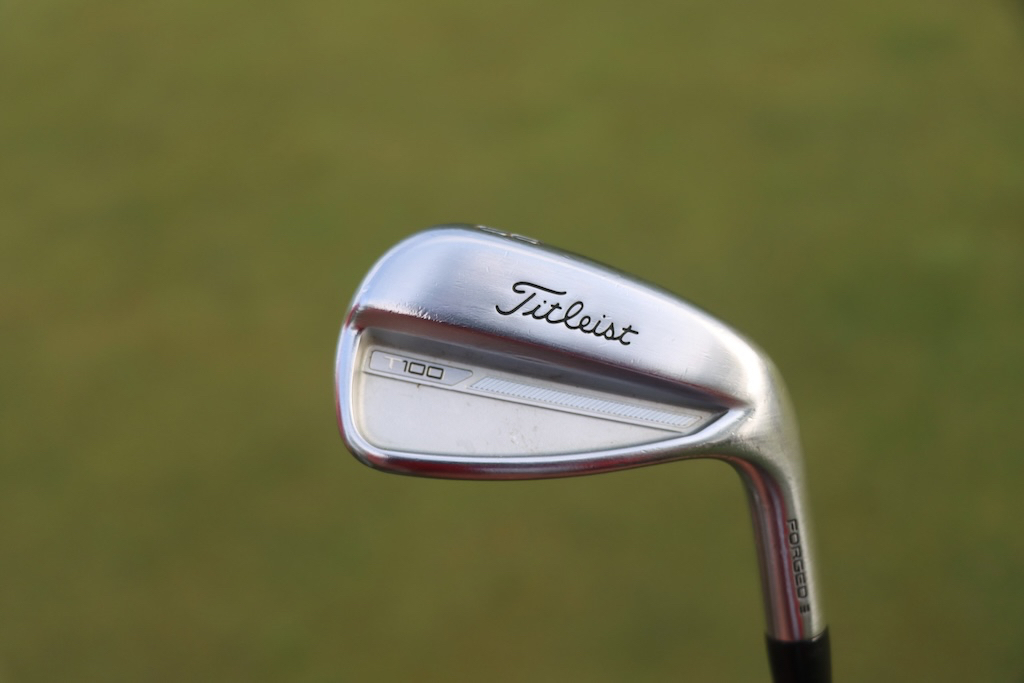
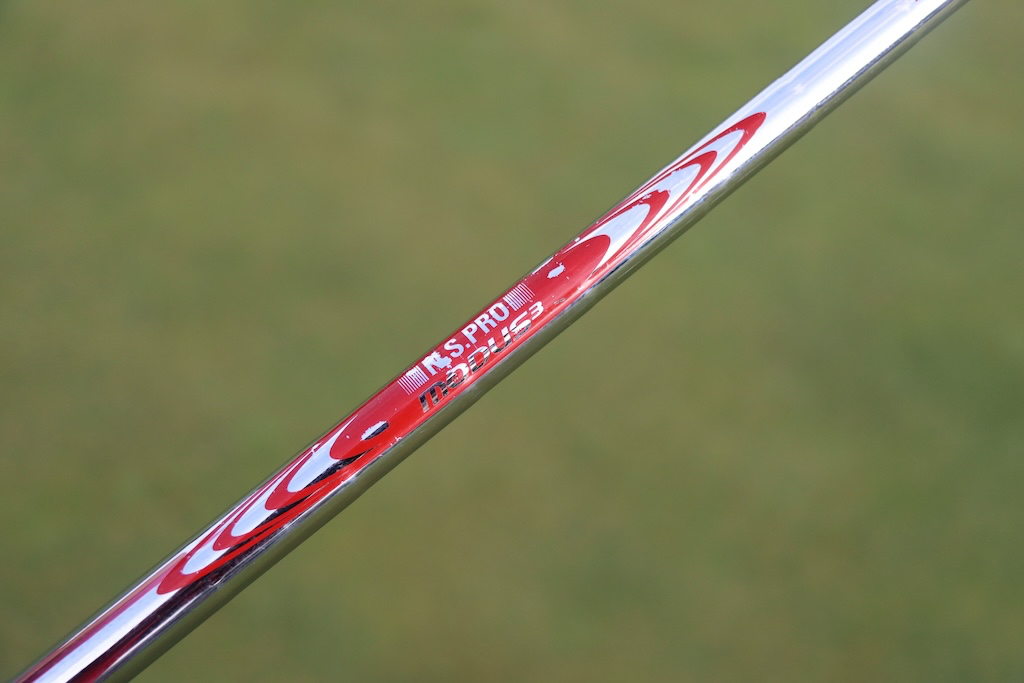
Wedges: Titleist Vokey Design SM9 (46-10F, 50-12F), Titleist Vokey Design WedgeWorks Proto (54-M, 58-L @60)
Shafts: True Temper Dynamic Gold Tour Issue X100 Onyx (46-50), True Temper Dynamic Gold Tour Issue S400 Onyx (54-60)
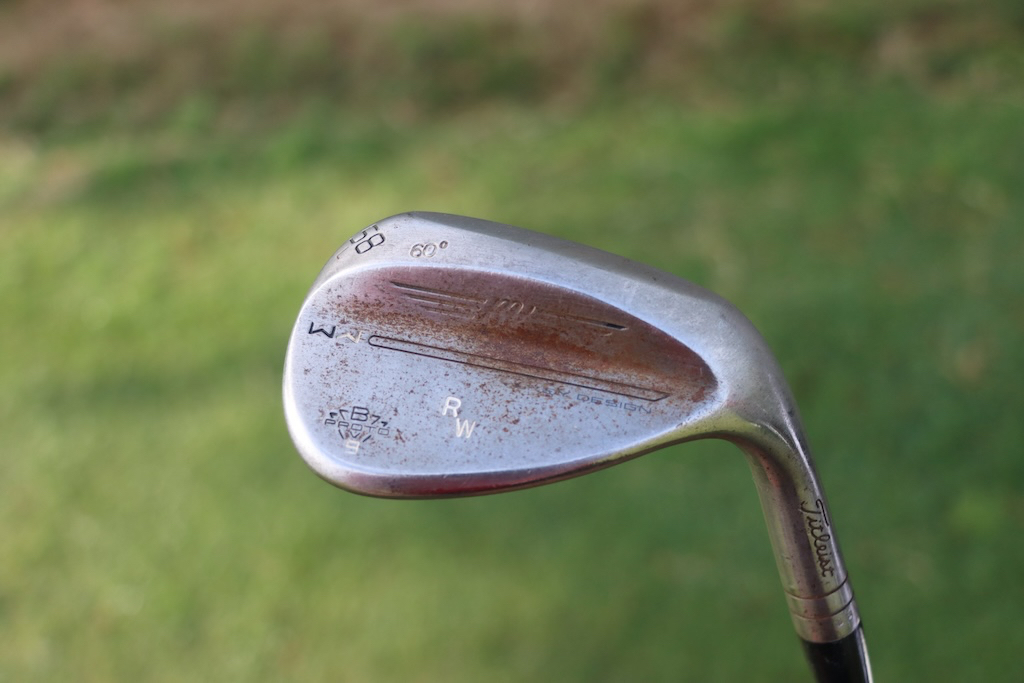
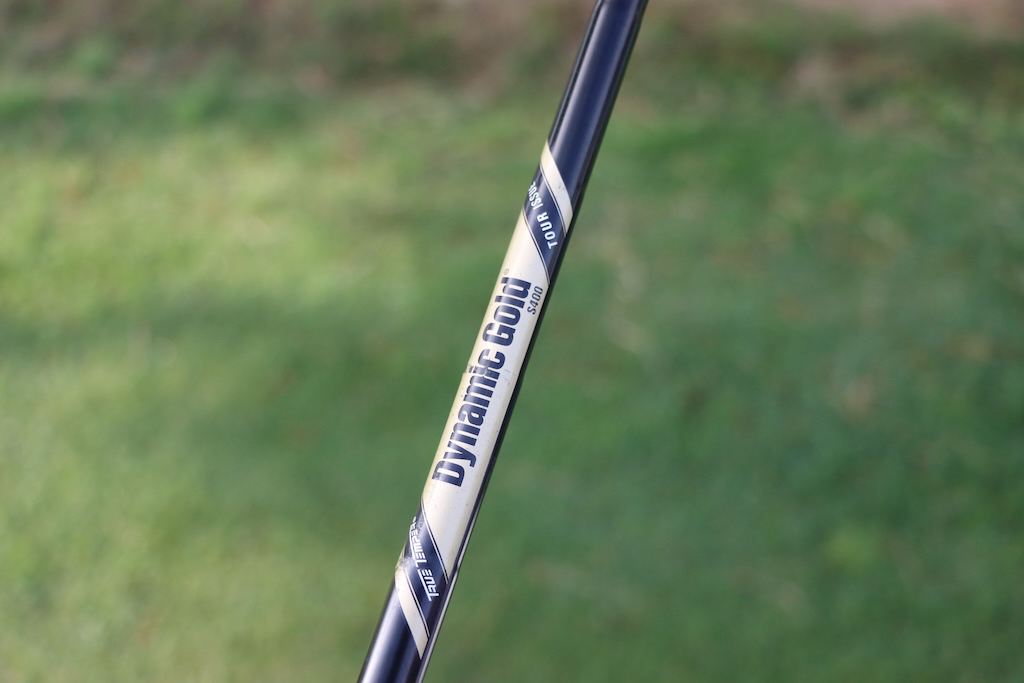
Putter: Scotty Cameron prototype
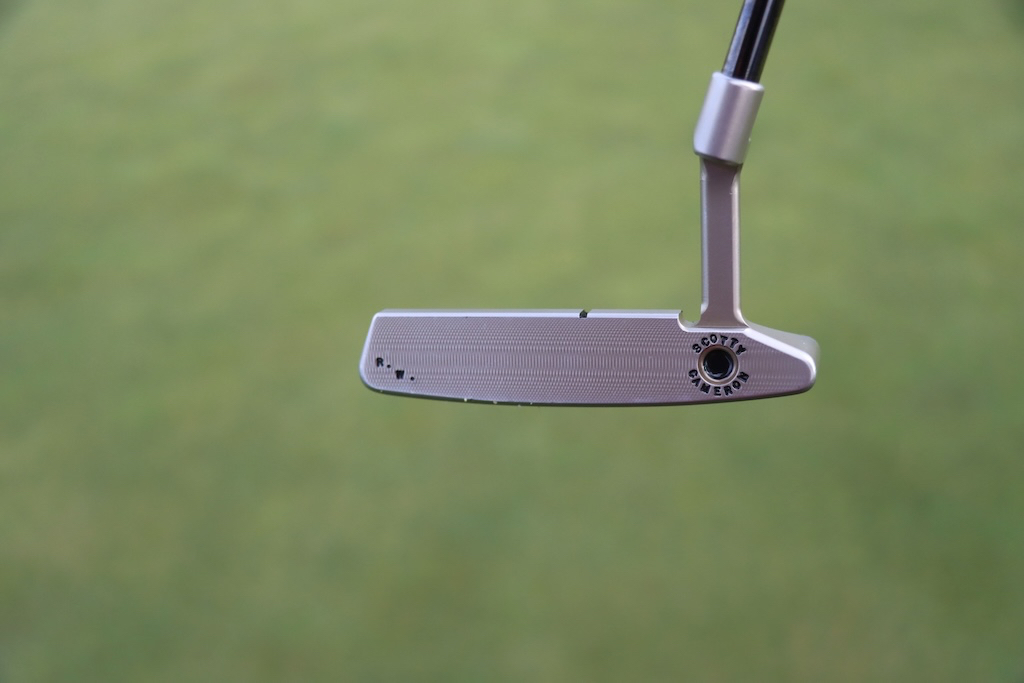
Ball: Titleist Pro V1x Left Dash
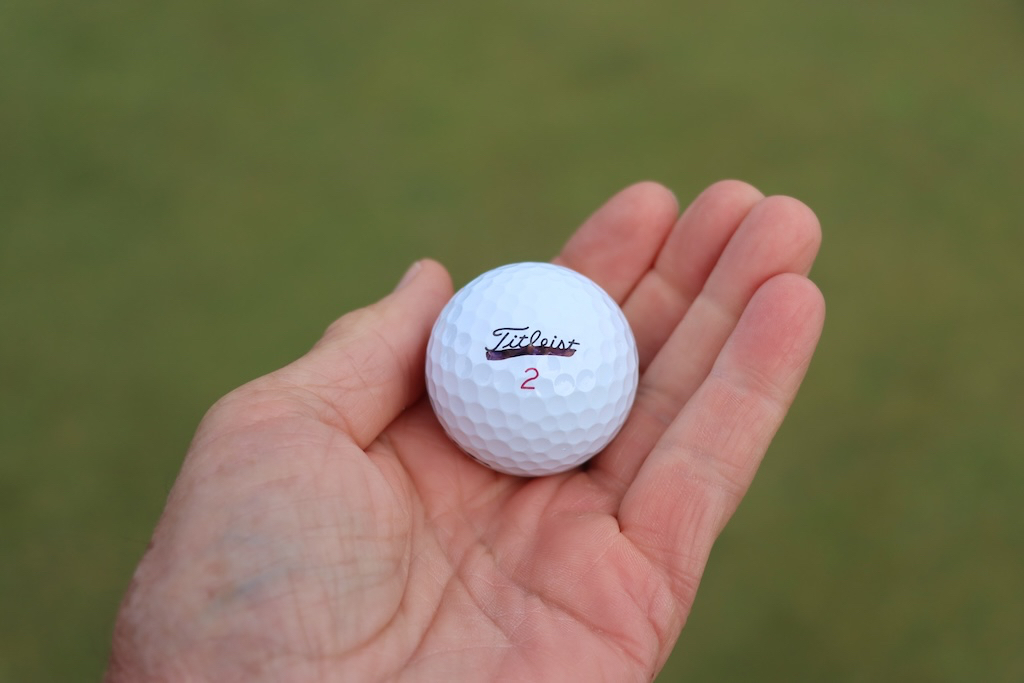
Grips: Golf Pride ZGrip Cord
Check out more in-hand photos of Richy Werenski’s clubs in the forums.
- LIKE1
- LEGIT0
- WOW0
- LOL0
- IDHT0
- FLOP0
- OB0
- SHANK0
Equipment
Adam Scott testing green “Masters Use Only” putter + 6 interesting equipment photos from the 2024 CJ Cup Byron Nelson
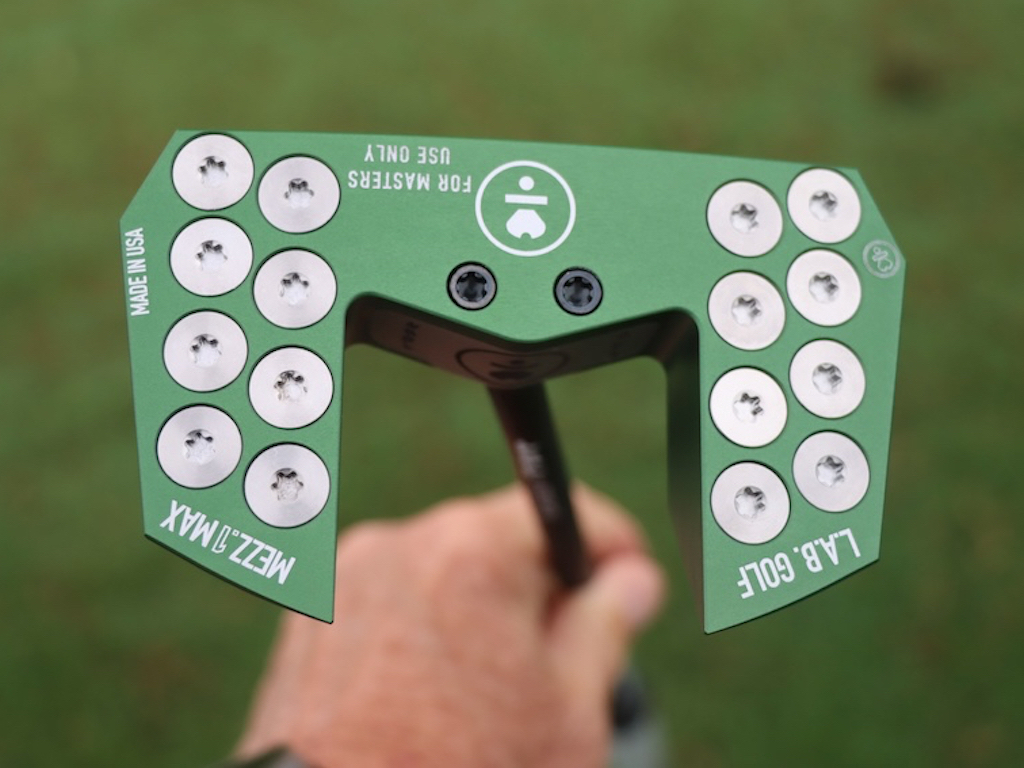
Welcome to the 2024 CJ Cup Byron Nelson event at TPC Craig Ranch in McKinney, Texas, which, for your geographical reference, is about 25 minutes from Dallas.
In early-week equipment news, we saw some interesting putter testing from Adam Scott, a Maxfli golf ball signing on the PGA Tour, a 16-year-old’s WITB, a PGA Tour player using another PGA Tour player’s backup putter, and Jordan Spieth weighed in on why he recently switched out just his 7-iron (and then made a hole-in-one with it).
With so much to report and so little time to waste on the intro, let’s get right into this week’s equipment rundown from the CJ Cup Byron Nelson.
See all of our photo galleries from the week here
Adam Scott’s new L.A.B. putters
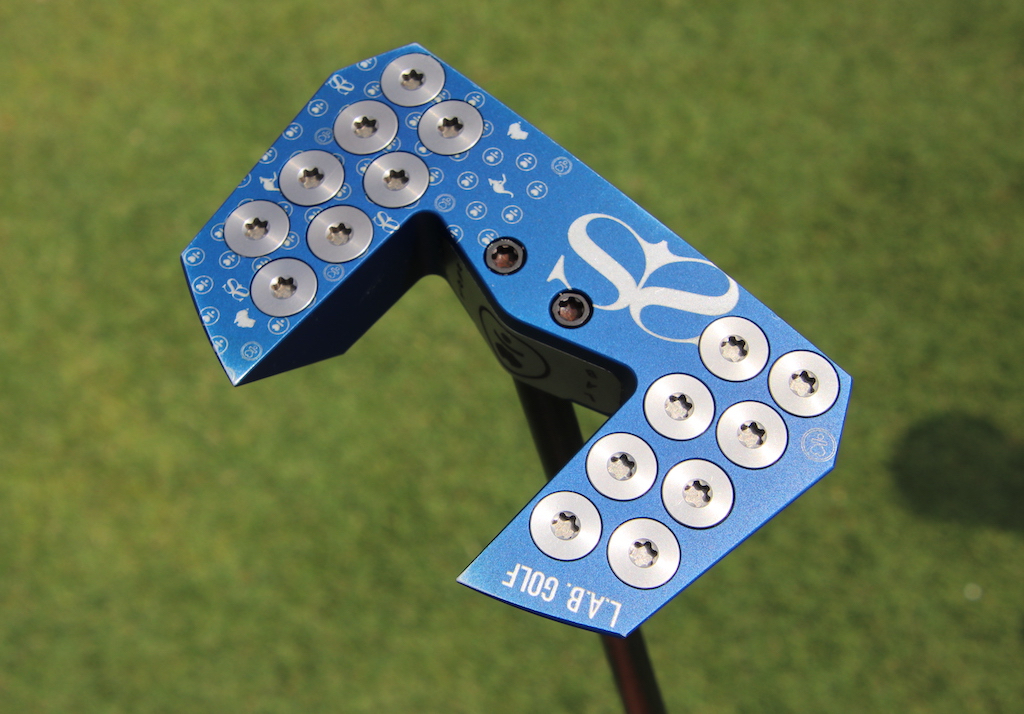
Before we get into a couple of the new prototypes Scott has been testing, above is a photo of the L.A.B. Golf Mezz.1 Max prototype putter that he’s been using, and will likely continue to use this week in Texas.
That being said, following the Masters, Scott was looking to try a couple putters with a slightly lighter weight to help with his feel on fast greens.
One of the new prototypes we spotted on Tuesday was a L.A.B. Golf DF3 “Proto 2.1”, custom-built with Scott’s preferred blue colorway, and an Australia-inspired Kangaroo laser engraving…
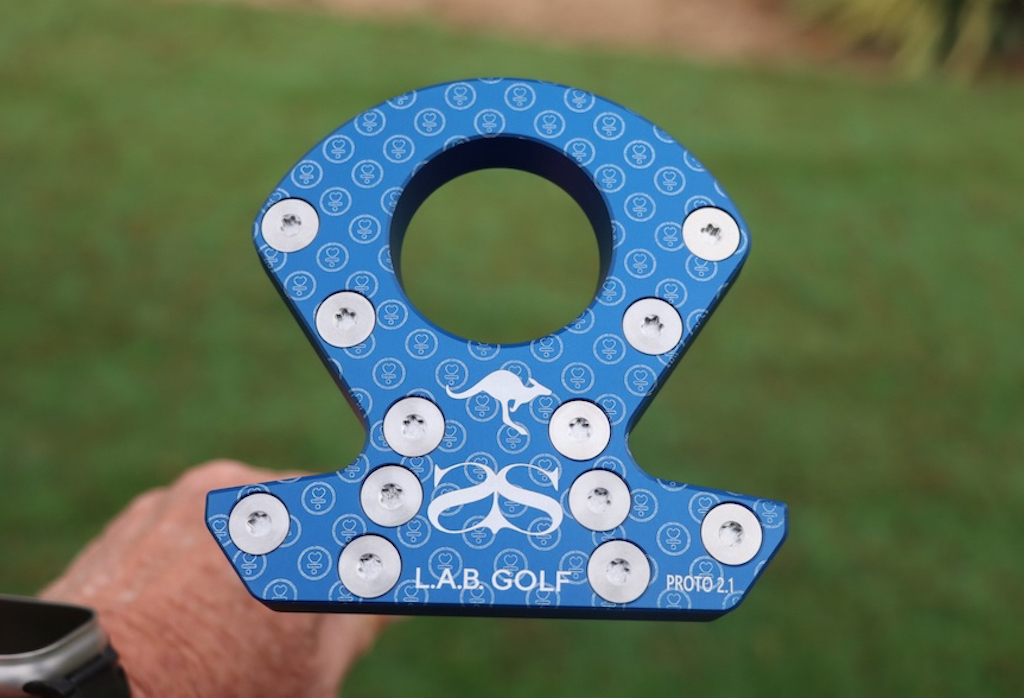
We also spotted him with a green-colored “For Masters Use Only” Mezz.1 Max prototype…

While it’s unlikely Scott will make a switch this week, it’s certainly something to keep an eye on going forward, especially on courses with faster greens.
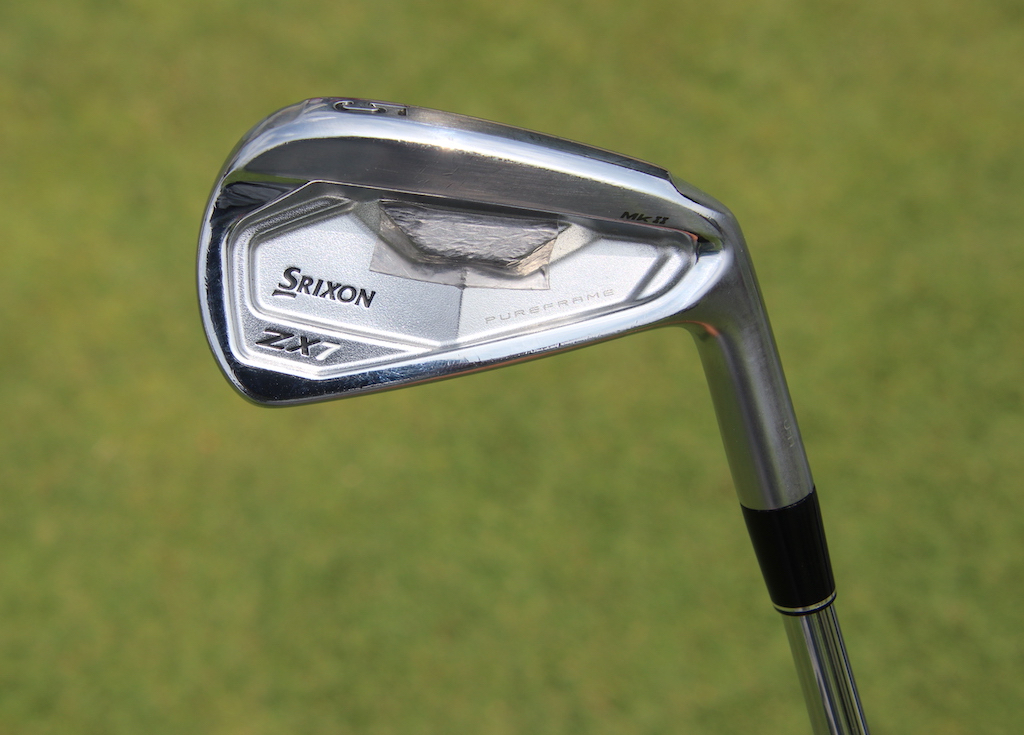
We also got a peek into Scott’s full WITB this week, which consists of a super-mixed set of Srixon irons, including a ZX Utility 3-iron, a ZX-5 MkII 4-iron, ZX-7 MkII mid-irons (5-7) and Z Forged II short irons (8-9).
See Scott’s full WITB from the CJ Cup here
An update on Daniel Berger’s Odyssey Jailbird
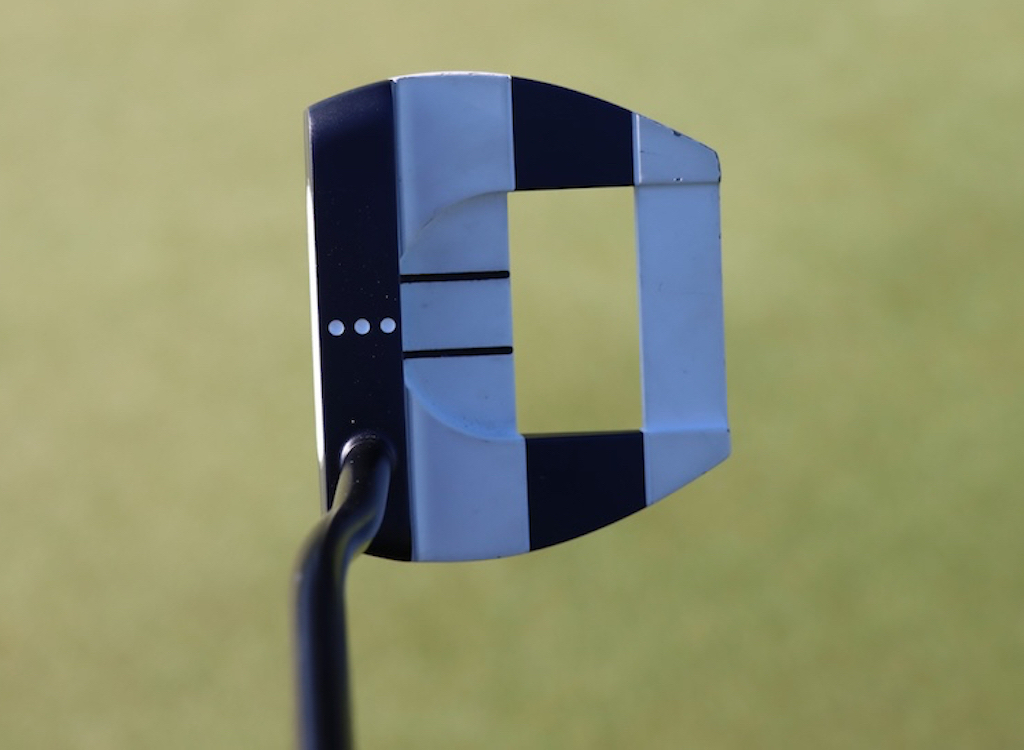
Last week in New Orleans, we highlighted Daniel Berger’s Ai-One Jailbird Mini putter because of its unique sightlines.
Well, we have an update.
According to Callaway Tour Manager Joe Toulon, who spoke with GolfWRX.com this week, Berger’s Jailbird Mini is actually from fellow Tour player Tom Kim’s stash. Kim is a prolific putter tester, and the exact putter Berger is currently using was actually originally made for and tested by Kim. The putter didn’t make it into Kim’s starting lineup, however, so he gave the putter back to Odyssey, and it eventually made it’s way onto Berger’s gamer roster.
Jordan Spieth’s new 7-iron
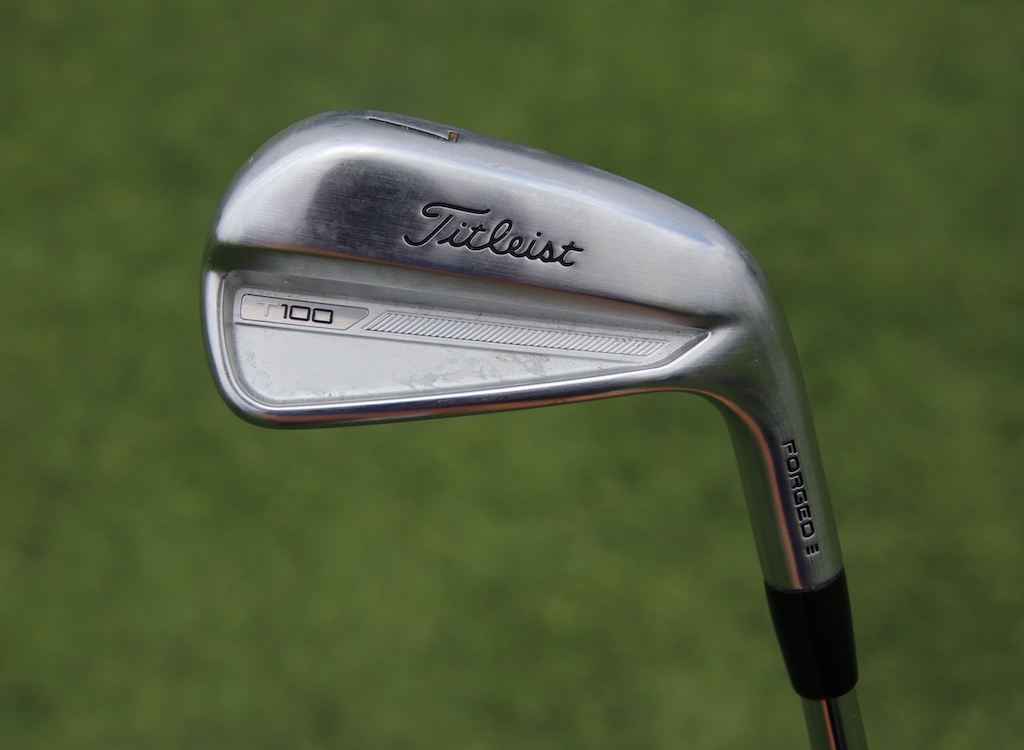
As the story goes, Jordan Spieth changed out his Titleist T100 7-iron on Wednesday before the 2024 Valero Texas Open, and then on Thursday, he used the 7-iron to make a hole-in-one from 199 yards on the 16th hole.
Good timing on that switch, Jordan.
On Tuesday at the 2024 CJ Cup Byron Nelson, GoflWRX.com caught up with Spieth to get the full story on why he switched just the 7-iron.
Our full story is over on PGATOUR.com’s Equipment Report, but here’s a snippet of what Spieth had to say:
“I hit my 7-iron a lot, especially on my own. The spin rates, relative to my 6-iron and my 8-iron, were lower, so it was going too far. I was trying to figure out why, if it was something in the makeup of the iron. I got the lies and the lofts checked, and everything was fine. So finally I was like, ‘Can I just get a new one and see if it fixes it?’
“Maybe there was one other time throughout my career where I changed just one iron, so it’s very unusual. I think it’s just because the grooves were worn down from hitting it too much.”
Ben Griffin signs with Maxfli to play the golf ball
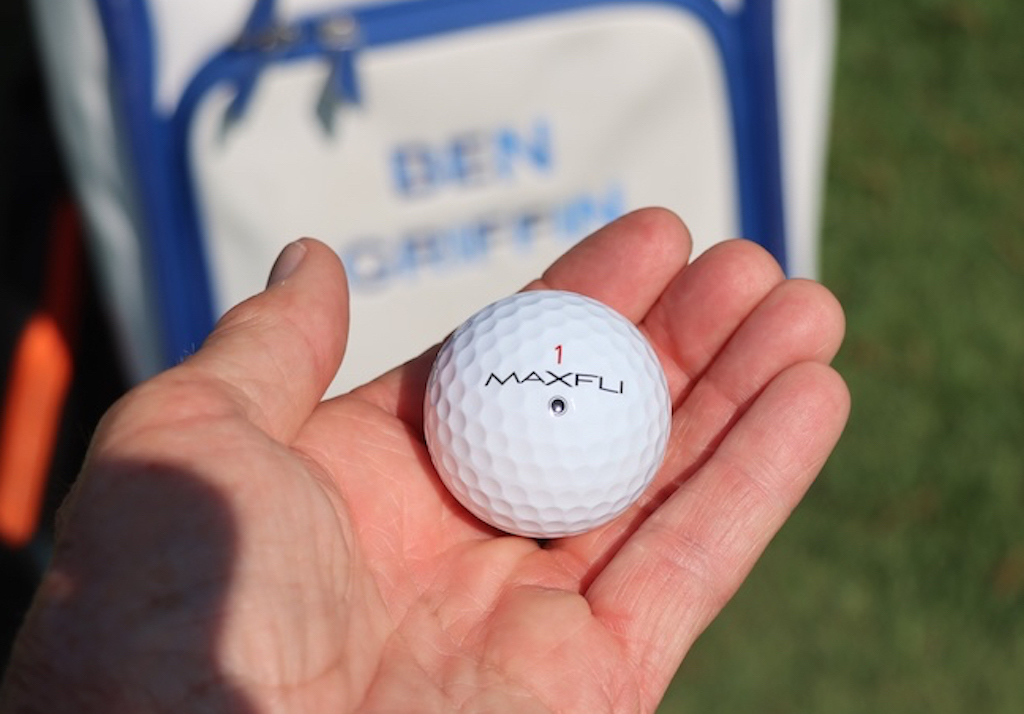
At the beginning of the year, LPGA Tour star Lexi Thompson signed a deal with Maxfli to play the company’s golf ball, and now, Griffin has officially joined team Maxfli, as well, thus expanding the company’s Tour presence.
GolfWRX.com caught up with Griffin on Wednesday in Texas for a video interview about his new golf ball of choice, and how he marks it…
View this post on Instagram
A 16-year-old is playing on the PGA Tour this week, using a 2-iron!
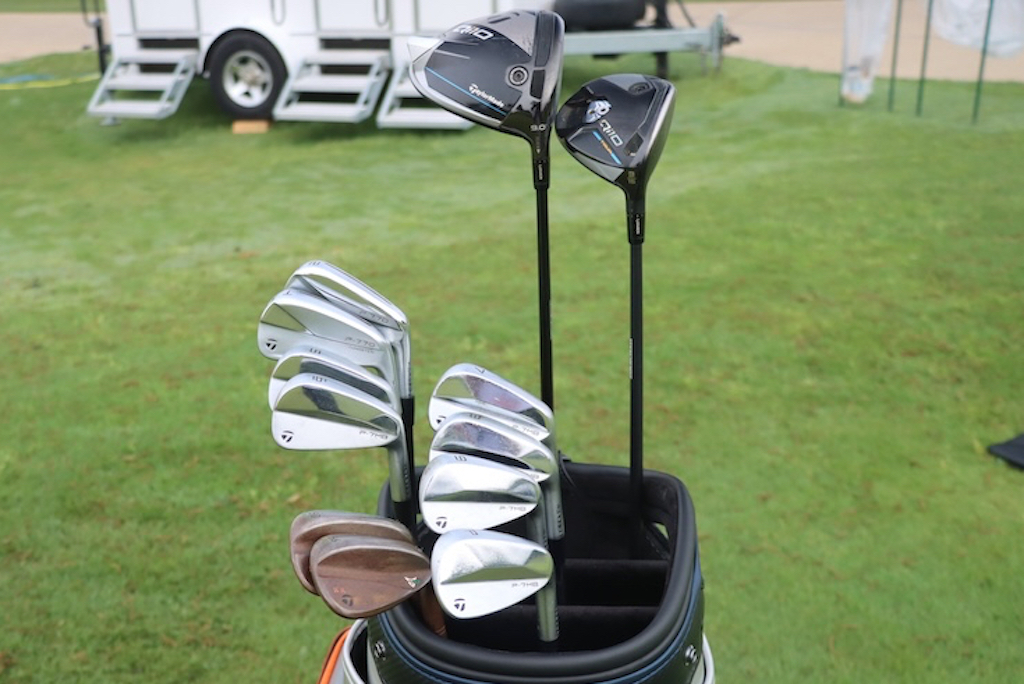
Amateur golfer Kris Kim, at just 16 years of age, is making his PGA Tour debut this week after receiving a sponsors exemption into the event. In 2023, Kim won both the R&A Boys’ Amateur Championship and the European Boys’ International Championship.
On Tuesday in Texas, we got a look into Kim’s bag, which revealed that he’s currently playing a TaylorMade P-770 2-iron, and a bag full of TaylorMade clubs.
Check out Kim’s full WITB here
A smart golf ball stamping
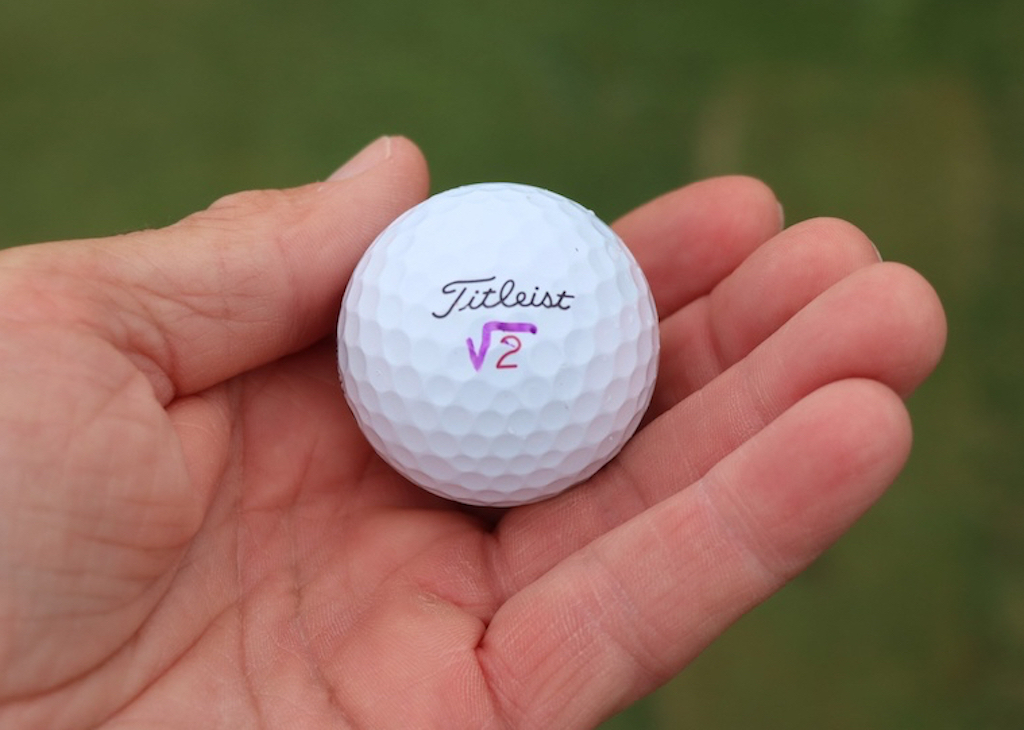
I’m not going to sit here and pretend to be a big math guy, because I’m not. However, I do recognize David Nyfjall’s purple ball marking as a square root symbol.
While I don’t know the particular significance of the square root symbol for Nyfjall, I do know you have to be fairly intelligent to even consider using a marking like that. Pretty cool stuff from the Northwestern alum, and 2023 Byron Nelson Award winner.
And, with that, we say goodbye to Texas and TPC Craig Ranch. We’ll see you next week at the Wells Fargo Championship in Charlotte for more insider equipment news and storylines.
For now, don’t forget to check out all of our photos from the 2024 CJ Cup Byron Nelson
- LIKE4
- LEGIT0
- WOW0
- LOL0
- IDHT0
- FLOP0
- OB0
- SHANK0
Whats in the Bag
Wesley Bryan WITB 2024 (May)
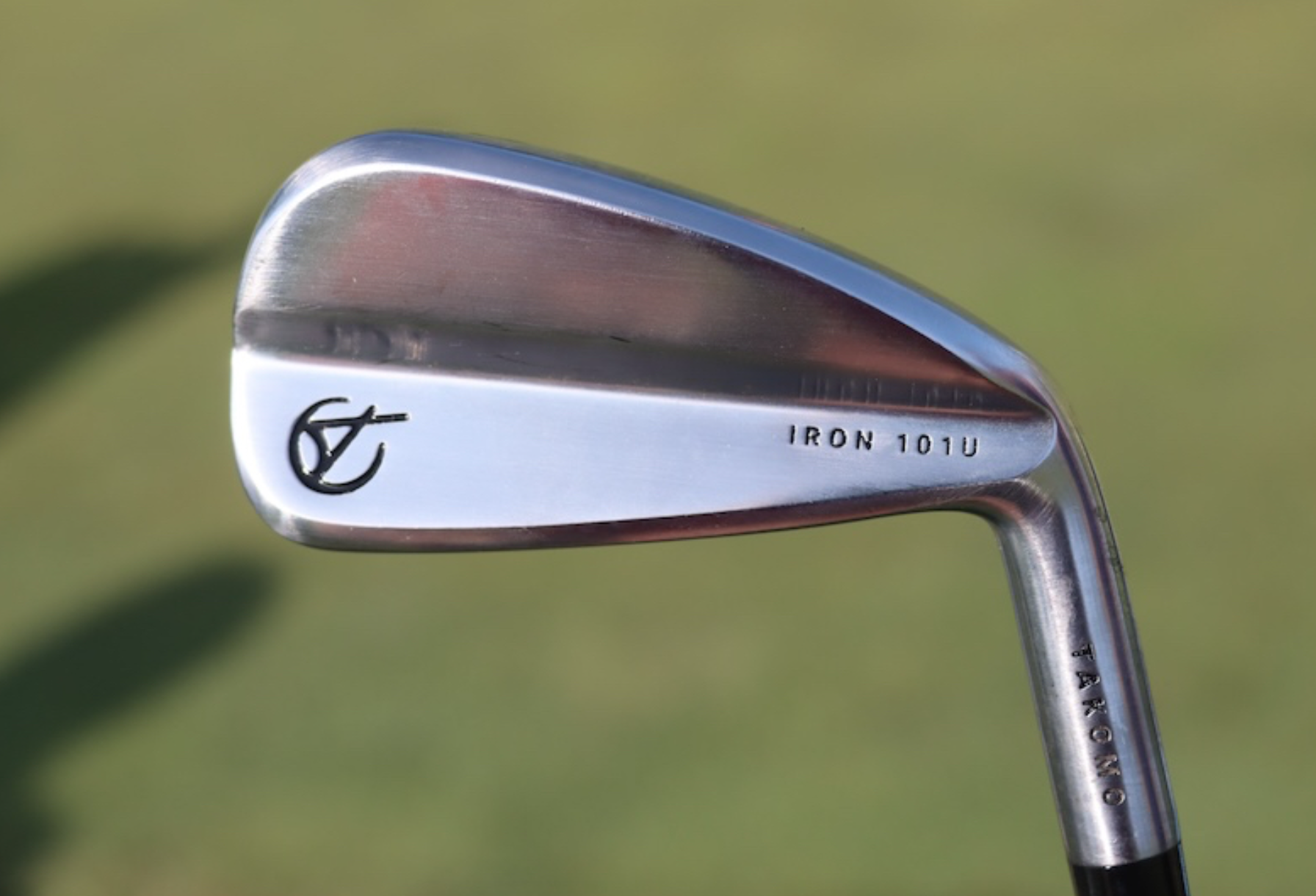
- Wesley Bryan what’s in the bag accurate as of the CJ Cup Byron Nelson.
Driver: Callaway Paradym Ai Smoke Triple Diamond Max (9 degrees @10)
Shaft: Mitsubishi Diamana GT 50 TX
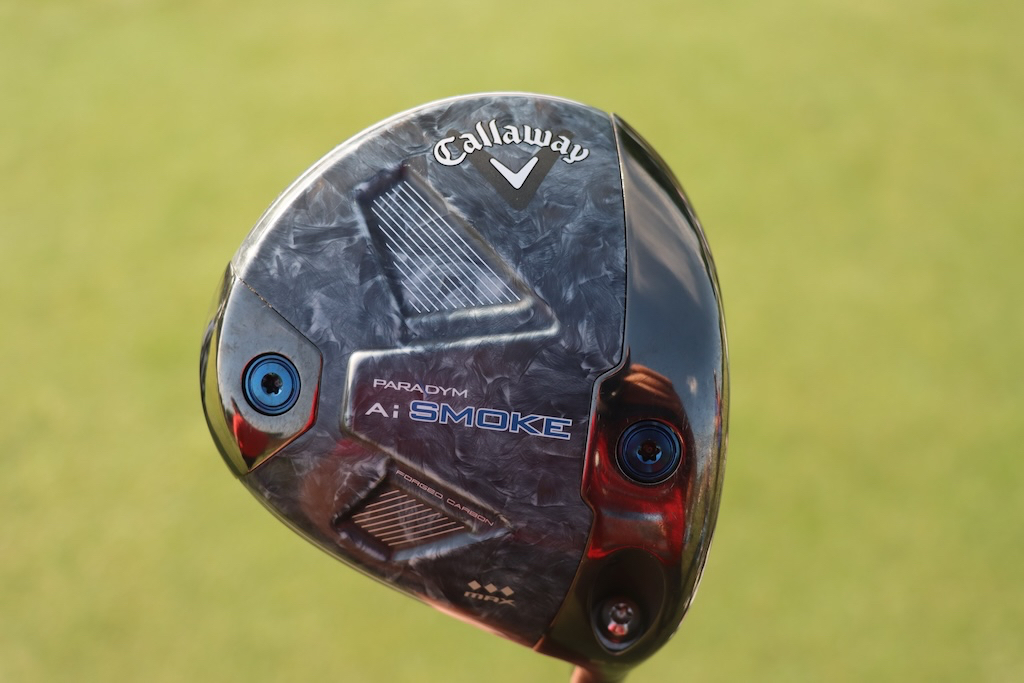
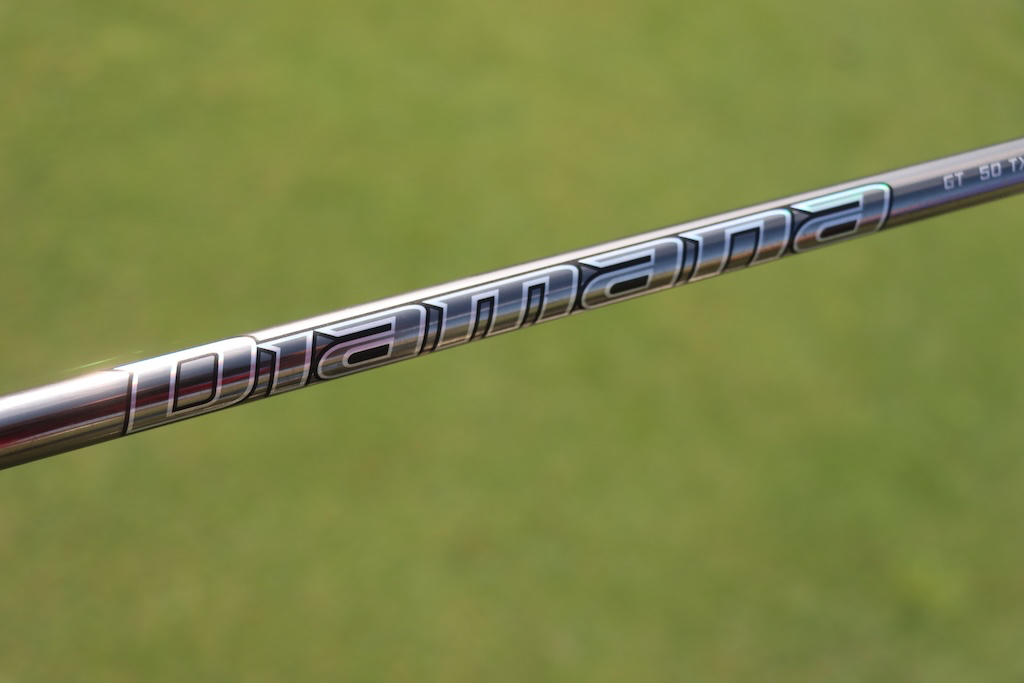
3-wood: TaylorMade Stealth Plus (15 degrees)
Shaft: Mitsubishi Diamana GT 60 X
Hybrid: TaylorMade Stealth 2 Plus Rescue (19.5 degrees)
Shaft: Fujikura Ventus HB Blue 8 X
Irons: Titleist T200 (4), Takomo 101U (4), Takomo 101T (5), Takomo 301 CB (6-9)
Shafts: True Temper Dynamic Gold Tour Issue X100
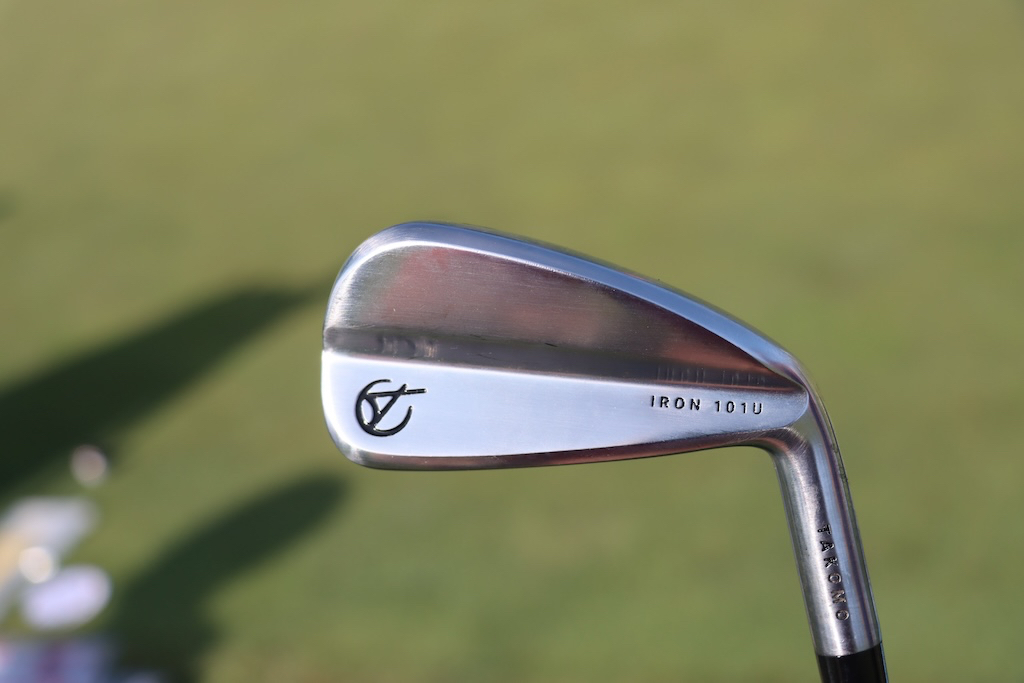
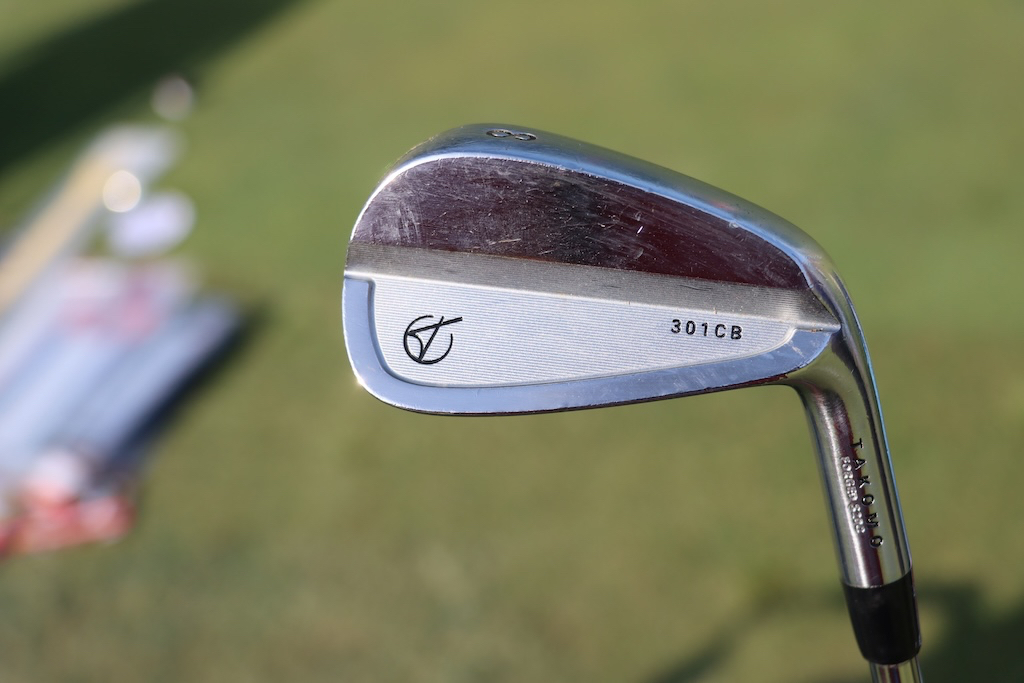
Wedges: Titleist Vokey Design SM10 (46-10F, 52-08F, 56-14F), Titleist Vokey Design WedgeWorks Proto (58-A)
Shafts: True Temper Dynamic Gold Tour Issue S400
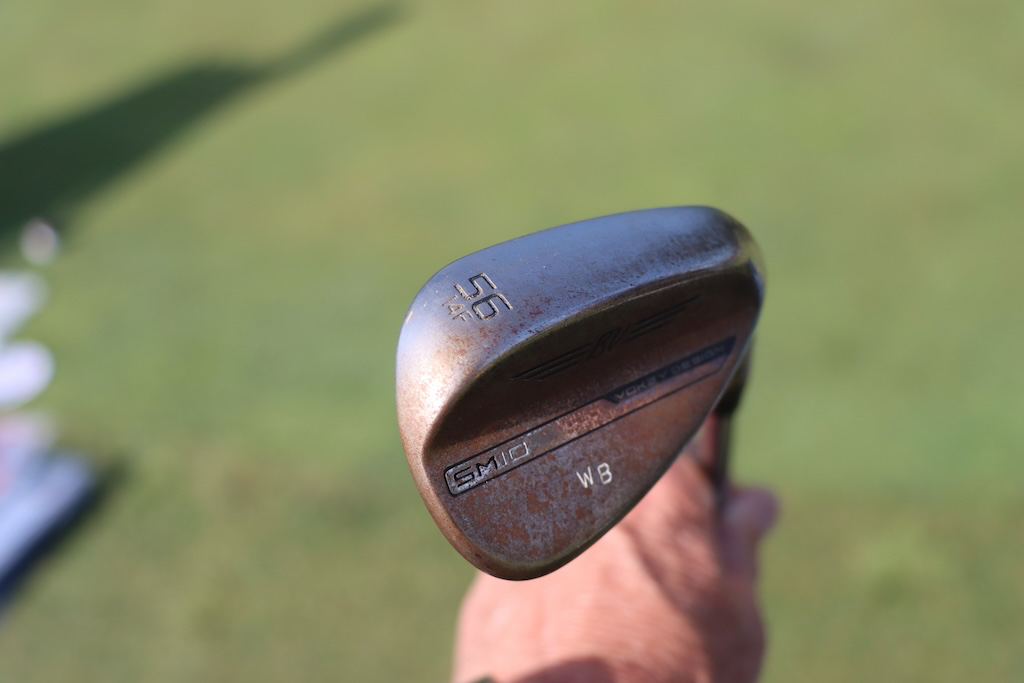
Putter: L.A.B. Golf DF3
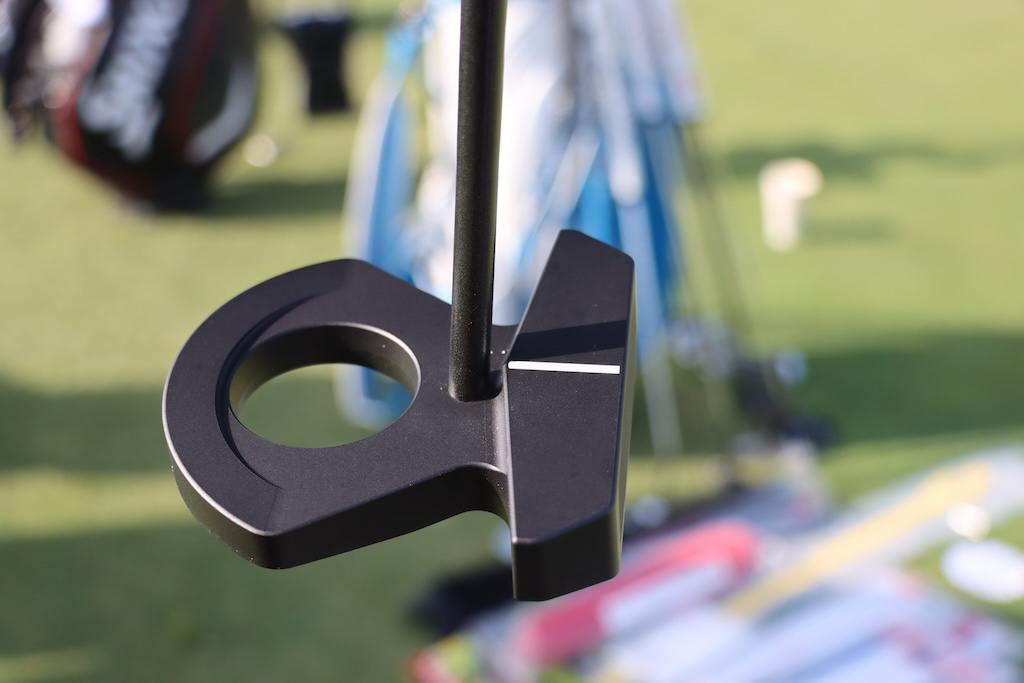
Grips: SuperStroke, Golf Pride Tour Velvet
Ball: Titleist Pro V1x
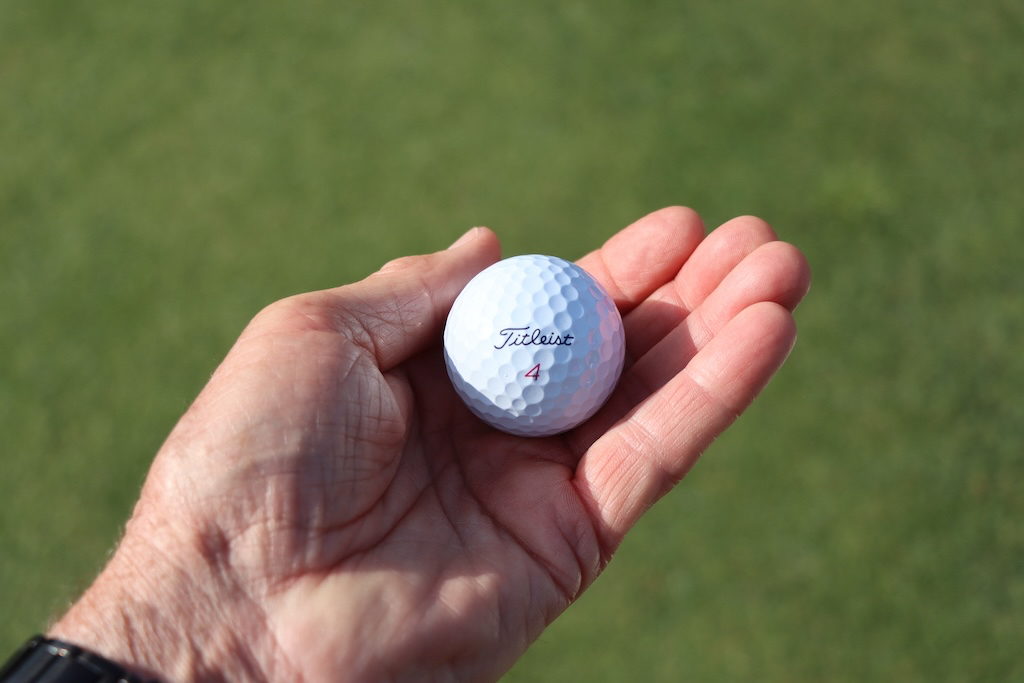
More photos of Wesley Bryan’s WITB in the forums.
- LIKE3
- LEGIT1
- WOW1
- LOL1
- IDHT0
- FLOP0
- OB0
- SHANK0
-

 19th Hole2 weeks ago
19th Hole2 weeks agoJustin Thomas on the equipment choice of Scottie Scheffler that he thinks is ‘weird’
-

 19th Hole2 weeks ago
19th Hole2 weeks ago‘Absolutely crazy’ – Major champ lays into Patrick Cantlay over his decision on final hole of RBC Heritage
-

 19th Hole3 weeks ago
19th Hole3 weeks agoTwo star names reportedly blanked Jon Rahm all week at the Masters
-

 19th Hole2 weeks ago
19th Hole2 weeks agoReport: LIV Golf identifies latest star name they hope to sign to breakaway tour
-

 19th Hole3 weeks ago
19th Hole3 weeks agoNeal Shipley presser ends in awkward fashion after reporter claims Tiger handed him note on 8th fairway
-

 19th Hole2 weeks ago
19th Hole2 weeks agoBrandel Chamblee has ‘no doubt’ who started the McIlroy/LIV rumor and why
-

 Equipment3 weeks ago
Equipment3 weeks agoWhat we know about Bryson DeChambeau’s 3D-printed Avoda irons
-

 19th Hole7 days ago
19th Hole7 days agoLET pro gives detailed financial breakdown of first week on tour…and the net result may shock you

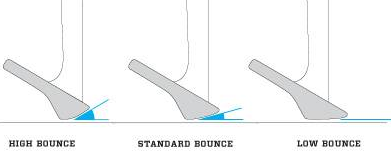
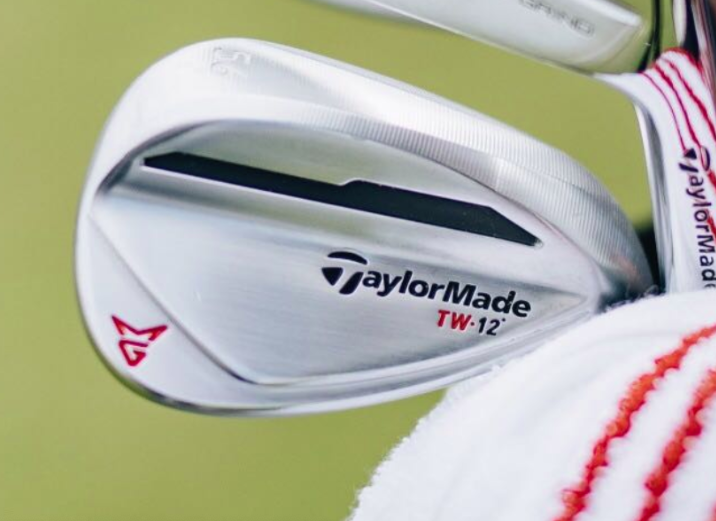




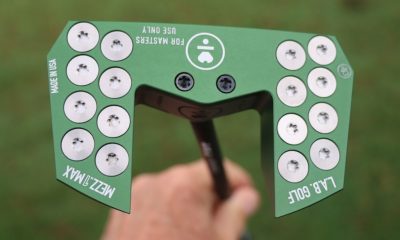





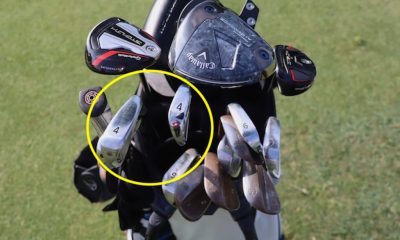

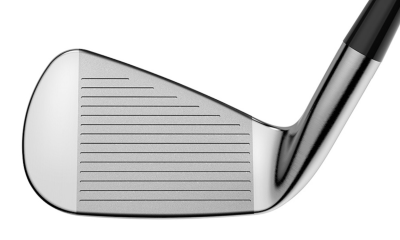












William King
Aug 19, 2019 at 7:02 am
First, turf and ground conditions alter and for many players who do not travel, this won’t matter that much. But even for those who do come across great variations in club/turf interaction, it may be better to stick with what you know and are confident with than to change to a club that may theoretically be better for the new conditions.
Secondly, the differences in sand are enormous from course to course, and from dry to wet. That may well make it a good idea to have two or more sand wedges with different bounces.
Harald
Aug 19, 2019 at 6:50 am
Very interesting and clearly stated information. But the expression is either ” guys and dolls ” (and long may Damon Runyon’s memory live), or “ladies and gentlemen”
Keep swinging
Mark Leonard
Aug 15, 2019 at 1:38 am
You mention “…you will benefit from a more aggressive bounce and/or wider sole than if you play the typically tighter ….”. Can you please explain what is meant by “aggressive” in this context?
Jack
Aug 15, 2019 at 3:23 am
Aggressive is high bounce. Cuz if you have a lot of bounce on a tight lie it would be hard to use the bounce without frequent thin bullets across the green. That’s my understanding.
It is confusing to name it that way. Just think high bounce and low bounce. And also effective bounce by how you deliver your chip shots.
Mel B Inglima
Aug 14, 2019 at 3:40 pm
The explanation of the bounce with its picture was helpful. The sole gets “rejected” by the turf. However, the grind discussion, without any picture was less clear.(Tiger’s club picture didn’t fully describe what was going on – I had to use my often wrong imagination!) I’m left to assume that unless I’m a plus handicap golfer or professional, just don’t worry about it! Correct?
As to trying different wedges on the course – whether the actual club you might buy or ones very similar – how do you accomplish this? I’ve found that equipment stores just do NOT want to lend out wedges. Pro shops may from time to time but they have far fewer choices.
So, help! How do I really try out several wedges before buying? I’m not happy with my current wedges but very unsure about buying new ones without significant testing. (I’m a single digit)
Thanks,
Wayne
Oct 17, 2019 at 1:23 pm
I was thinking exactly the same, this article didn’t help one bit, there isn’t much chance of being given a new wedge to go hit off artificial turf at a driving range, never mind being given one to take out and hit off real turf.
Surely there are guidelines to the type of bounce and or grind best suited to a very firm links course compared to a much softer inland course, the same for heavy compact sand or light fluffy type sand.
After reading the last paragraph I’m left wondering how on earth someone can use an online system to find the correct wedge.
Stacey Uchtman
Aug 14, 2019 at 3:31 pm
Do you think a player will “learn” a specific swing based on the wedges they carry? Meaning in the first wedges they carry, do you think they will adjust and learn to play them and eventually be comfortable with that particular bounce/grind making it difficult to move to another combination? Mainly around the greens and less on full shots.